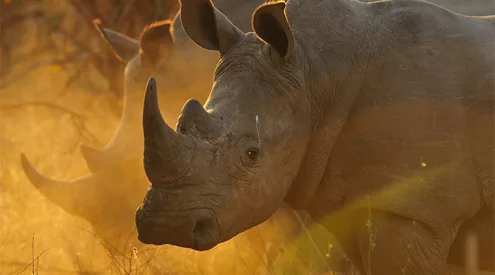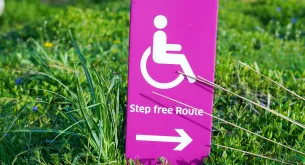Swimming spots in Queensland, Australia had to be closed after hordes of bluebottle jellyfish washed ashore, stinging thousands of beachgoers.
According to Surf Life Saving Queensland, over 2,600 people had to be treated from stings over the weekend alone. Although bluebottle stings are painful, fortunately they’re not life-threatening.
View this post on Instagram
2,630 people stung over the weekend and beaches closed. #bluebottle #beaches #bluebottles
Strong winds are said to be reason for the vast numbers of blue jelly visitors being pushed onto the beach.
A whopping 13,000 stings were reported in the past week, three times as many as in the same period last year.
The largest number of incidents took place in Queensland’s Gold and Sunshine Coast regions, where more than 5,000 people were stung over the weekend.
As of today the windy conditions have eased off, but remnants of the bluebottle armada can still be seen along the shore.
Although bluebottle jellyfish are not uncommon on Australia’s east coast, many locals and marine authorities in the area referred to the influx of the little blue visitors as an “epidemic” or “invasion”.
Dr Lisa-Ann Gershwin, a jellyfish expert from the Australian Marine Stinger Advisory Services, told BBC News it was unusual to see gatherings in such numbers, although the strong wind and heat spells had been unusual this year as well.
She said that given the unusually windy weather conditions, the number of jellyfish are “not abnormal”. The species is most commonly found in deeper seas, but can be moved by the wind quite easily because of the crests on their backs that look and act like sails.
View this post on Instagram
Only got stung one time trying to get cool pics of these little buggers 🙄😂 #bluebottle #invasion
Picture: abcnews_au


















